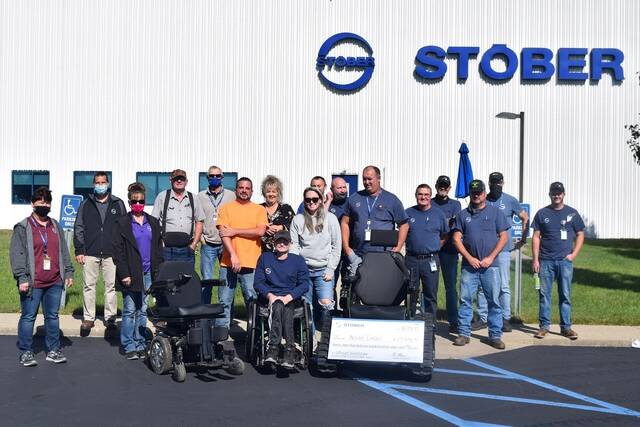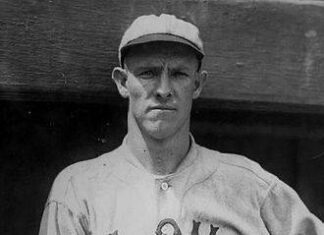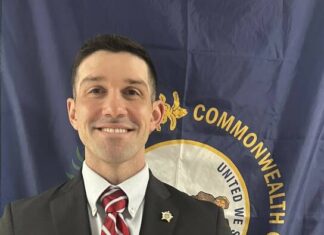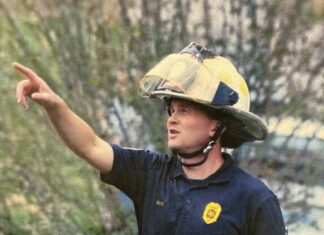It may have seemed like a nearly insurmountable obstacle, the amount of money Brian Insko hoped to raise to secure a wheelchair designed to allow him to take part in the outdoor sports he loves.
But overcoming obstacles has kind of become a habit for him.
Born with congenital insensitivity to pain with anhidrosis , Brian does not feel pain and cannot regulate his own body temperature. The pain-sensing nerves in his brain are not properly connected to receive pain messages. He is very susceptible to getting an infection or injuring himself and not knowing there is an issue.
The odds of being born with CIPA are about 1 in 125 million, according to U.S. National Library of Medicine. Brian was not diagnosed until he was 4 years old. He would have an injury, and no one could explain how he got it. After multiple trips to the hospital, a doctor finally suggested he be checked for CIPA.
In July of 2011, Brian got an infection in his spine. What caused the injury is not clear, but he believes he had a back injury. By the time his infection was found, it was almost too late. Brian was close to death. He rallied and fought off the infection. However, he lost the use of his legs.
After six months off, Brian was ready to return to work. He had been employed at STOBER since March 3, 2003, as an assembler. This job requires a lot of lifting and manual labor, but despite the challenge, he wanted to come back.
“I’ve always thought people needed a reason to keep going. I wanted to work to give me a reason to keep going. As long as I can stay active and keep doing something, I’ll be alive. I wanted to keep contributing and be productive,” he said.
Brian works the second shift and assembles gearboxes at STOBER. His dad brings him to work every day. Not only has he kept working, but he has kept thriving. The average life expectancy for people with CIPA is about 25 years, according to the U.S. National Library of Medicine. In fact, nearly 20 percent of patients die within the first three years. Brian is 39.
This time around, the goal was to beat the odds with fundraising.
Brian’s hobbies include being outdoors, fishing, and playing with his niece and nephew — all of which are difficult to do in a wheelchair.
“You wouldn’t believe how hard it is to be outside in a wheelchair. Many places don’t have anything that is handicap accessible. There are places that are paved, which is good. However, while the road or path may look like it is perfectly level, it isn’t. I will start wheeling down the path and go off course. Little things like leaves or sticks can make moving really hard. I get hung up on little objects,” he said. His inability to go off-road means he is limited in doing what he loves.
A motorized chair with all-terrain capabilities would allow him to go off paved surfaces and move freely on his own, without someone having to push him. Earlier this year, Brian set out to raise funding for the chair. With help from his family, friends and the community, the goal was met and Brian is now the owner of the customized chair.
Brian showed off his new wheelchair Tuesday at STOBER! In total, over $28,000 was raised for Brian, allowing him to purchase this wheelchair which can go onto unpaved surfaces outdoors.
Brian is extremely grateful for everyone who helped make this dream a reality.
“I would like to thank from the bottom of my heart: Amy Insko, STOBER Drives Inc, the entire STOBER family, Ledger Independent, and anyone who had a hand in helping us raise the money to achieve my dream of getting the Action Trackchair STS.”
He also remembered a Maysville family who stepped up and offered him a motorized wheelchair in the interim.
“I would also like to thank Patty and Ricky Burden for donating their Quantime Edge 2.0 Powerchair. There is no way I could ever express how much it means to me or how much I deeply appreciate what all of you have done for me. I hope to see some of y’all in the woods or on the fishing bank.”






